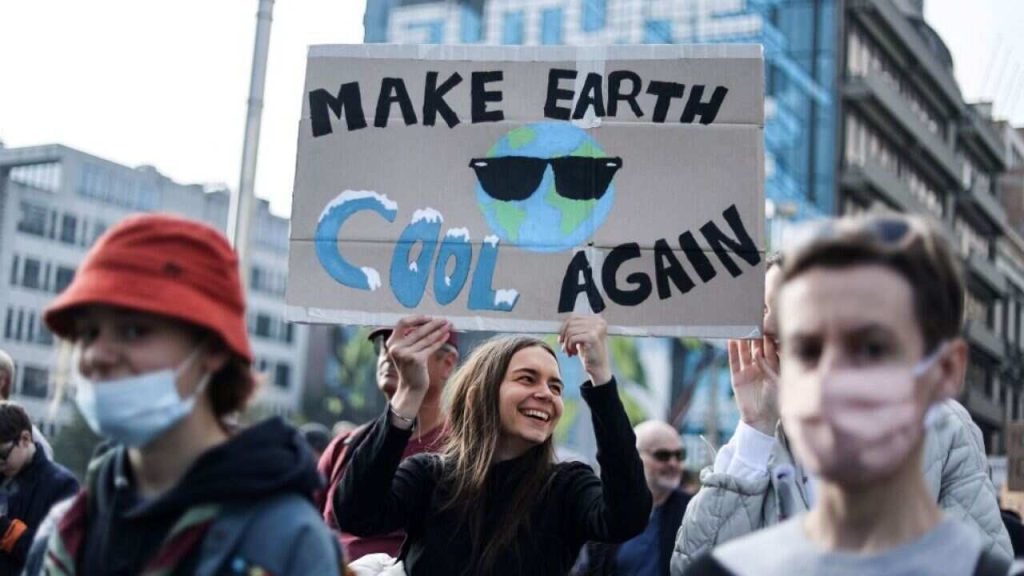Introduction
As the urgency to address climate change intensifies, governments, international organizations, and corporations around the world are implementing increasingly ambitious policies to reduce carbon emissions. From net-zero commitments to carbon pricing mechanisms and renewable energy mandates, climate change policy is now one of the most powerful forces shaping the global energy system.
This article explores how the evolution of climate-related policies is transforming the global energy landscape, shifting investment flows, redefining geopolitical dynamics, and accelerating innovation. For investors, energy companies, and policymakers alike, understanding these changes is essential for navigating the energy transition.
1. The Global Policy Shift Toward Decarbonization
Over the past decade, climate policy has moved from voluntary targets and vague ambitions to legally binding frameworks and aggressive enforcement. Key developments include:
1.1 Net-Zero Commitments
Over 140 countries—representing more than 90% of global GDP—have now pledged to reach net-zero carbon emissions by mid-century. These targets require systemic changes in how energy is produced, distributed, and consumed.
1.2 Carbon Pricing and Emissions Trading
The use of carbon pricing mechanisms, including taxes and cap-and-trade systems, has expanded significantly. By assigning a financial cost to greenhouse gas emissions, these policies are reshaping the economics of fossil fuel use.
1.3 Renewable Energy Mandates and Subsidies
Many governments are offering tax credits, grants, and feed-in tariffs to incentivize the deployment of solar, wind, and other clean energy sources. In some cases, mandates require utilities to source a specific percentage of their power from renewables.
1.4 Bans and Restrictions on Fossil Fuels
Policies aimed at phasing out coal plants, limiting internal combustion engines, or banning new oil and gas exploration are becoming more common in developed markets.
2. Impact on Traditional Energy Sources
Climate policies are directly challenging the dominance of fossil fuels in global energy supply.
2.1 Coal
Once the backbone of industrial power, coal is rapidly being phased out in many parts of the world due to its high emissions profile. However, demand remains resilient in certain developing countries lacking affordable alternatives.
2.2 Oil
The oil industry faces a structural decline in demand over the coming decades, especially from transportation, as electric vehicles (EVs) become mainstream and fuel efficiency improves. Policy pressure is accelerating the diversification of oil majors into low-carbon businesses.
2.3 Natural Gas
Viewed as a transitional fuel, natural gas is relatively cleaner than coal or oil but still emits carbon. While it may retain a role in power generation and heating in the near term, its long-term future is uncertain under net-zero policies.
3. The Rise of Renewable and Alternative Energy Sources
As fossil fuels decline, clean energy technologies are rapidly gaining ground, driven by policy support and falling costs.
3.1 Solar and Wind Power
Thanks to dramatic reductions in cost and favorable policies, solar and wind now constitute the majority of new electricity capacity additions globally. Technological advances in storage and grid integration are further enhancing their scalability.
3.2 Green Hydrogen
Produced using renewable electricity, green hydrogen is emerging as a potential decarbonization solution for hard-to-abate sectors like heavy industry, aviation, and shipping. Many national energy strategies now include hydrogen roadmaps and pilot projects.
3.3 Energy Storage
Battery technology is a critical enabler of renewable energy. With the rise of EVs and grid-scale storage systems, investment in lithium-ion batteries and other storage solutions is booming.
3.4 Nuclear Energy
While controversial, nuclear power is being reconsidered by some policymakers as a zero-emissions baseload energy source. New designs, such as small modular reactors (SMRs), could play a larger role in the future energy mix.
4. Investment and Capital Flow Shifts
Climate policy is triggering a massive reallocation of capital from carbon-intensive assets to sustainable energy.
4.1 ESG Investing and Divestment Trends
Institutional investors are increasingly aligning their portfolios with environmental, social, and governance (ESG) criteria. Many sovereign wealth funds and pension funds are divesting from coal and oil while boosting exposure to clean energy.
4.2 Green Bonds and Climate Finance
Governments and corporations are issuing record volumes of green bonds to fund low-carbon infrastructure. Multilateral institutions are channeling billions into climate adaptation and mitigation projects.
4.3 Private Sector Innovation
Venture capital and private equity are pouring into climate tech, from carbon capture startups to EV battery recycling firms. Corporate R&D is also pivoting toward sustainable solutions.

5. Geopolitical and Economic Implications
The transition to low-carbon energy is not just an environmental imperative—it is reshaping global power dynamics.
5.1 Resource Dependence Shift
Countries that dominate in oil and gas today may lose influence, while those rich in critical minerals (like lithium, cobalt, and rare earths) stand to gain. This shift could redefine trade routes and strategic alliances.
5.2 Energy Security Redefined
Energy security is no longer just about oil supply. It now includes resilience of renewable supply chains, battery storage capacity, and grid stability.
5.3 New Global Leaders
Nations that lead in clean energy innovation and manufacturing—such as China (solar, batteries), the U.S. (AI, EVs), and Germany (wind, hydrogen)—are emerging as frontrunners in the energy transition.
6. Challenges and Constraints
Despite progress, several obstacles remain in implementing climate-driven energy transformation:
- Infrastructure gaps in transmission and storage
- Political resistance in fossil fuel–dependent economies
- High upfront capital requirements
- Technological maturity and scalability limitations
- Global coordination and equity concerns for developing nations
Without coordinated international efforts, the benefits of policy-driven energy reform may be unevenly distributed.
Conclusion
Climate change policies are not just regulatory pressures—they are powerful catalysts reshaping the very foundation of the global energy system. As fossil fuels decline and renewables rise, the energy economy of the future will be more decentralized, digital, and diversified.
For investors, businesses, and policymakers, adapting to this new energy landscape requires a deep understanding of policy signals, technological trends, and capital dynamics. Those who act early and strategically will not only mitigate risk but also capitalize on the historic opportunities presented by the global energy transition.

















































